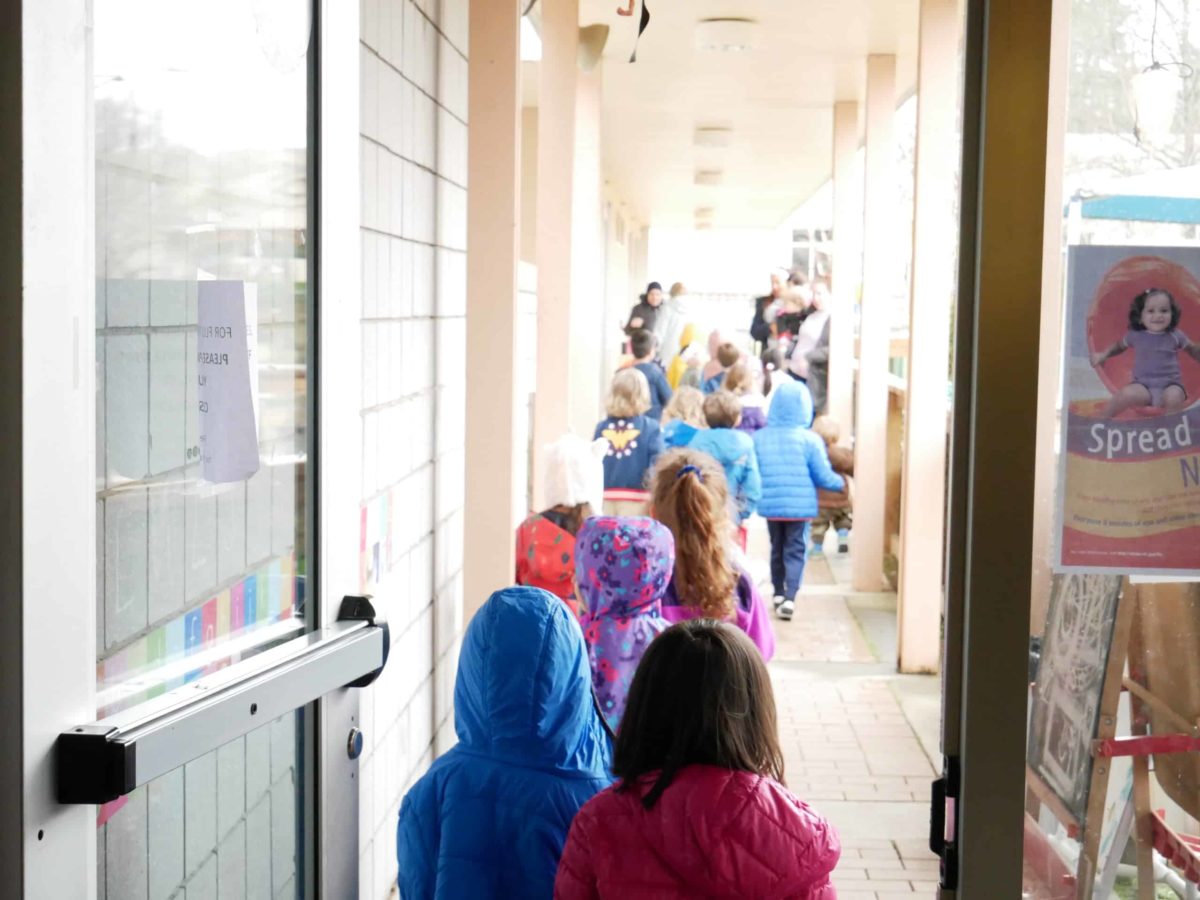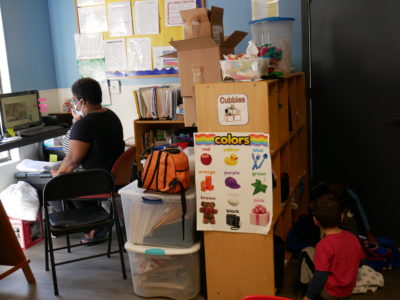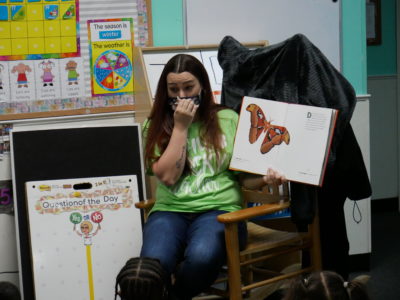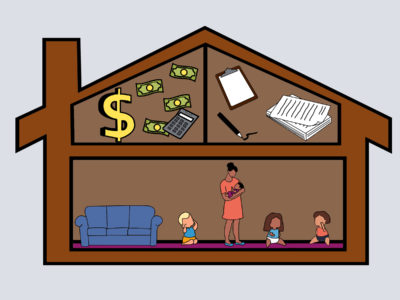

|
|
In an early learning landscape with various environments, funding streams, and requirements, information can be hard to come by. The Department of Health and Human Services’ new dashboard puts the recent information we do have about the state’s early learning environments in one place.
The data show that there were fewer children in programs, fewer overall sites, and fewer staff members in November 2021 than in January 2018.
The pandemic has placed hurdles in the early learning network — for providers, teachers, and families — and exposed pre-existing issues of access, equity, and quality.
The dashboard provides a starting point for consideration of important decisions on those issues, said Ariel Ford, director of DHHS’s Division of Child Development and Early Education, in a news release.
“While we regularly collect and monitor network data, it is our hope that making this powerful tool more accessible to the public will further enable equitable decision-making in every community and at the state level,” Ford said.
You can look up information on early learning programs by county, provider type, and quality rating.
Statewide, the number of early care and learning sites decreased by 10%. In-home care dropped by 30%.
From January 2018 to November 2021, the number of early care and education sites went from 6,236 to 5,611, a drop of about 10%.
The providers include child care centers, family child care homes, public school-based classrooms, and faith-based programs. The number of family child care homes decreased the most of any provider type, by 30% — from 1,717 sites in 2018 to 1,265 in 2021.
The decline reflects a national trend. In-home child care is often more common in rural areas and, many advocates say, needs investment to meet rural families’ needs.
The pandemic saw few closures, but larger enrollment and staffing drops.
The state did not see the type of mass closures some predicted during the pandemic. From March 2020 to November 2021, the total number of sites went from 5,766 to 5,609.
Yet enrollment fell about 14%, from 245,765 children in March 2020 to 212,871 in November 2021.
And total staff in early care and learning programs fell about 10%, from 41,003 staff members in March 2020 to 36,954 in November 2021.
Staff shortages are beginning to affect how many spots are available. One third of child care providers responding to a September 2021 survey said they’d had to close classrooms with little notice to parents because of staffing shortages.
Child care subsidy reached 14% fewer children. NC Pre-K pandemic enrollment dropped by a third.
Two large sources of public funding in early care and learning are child care subsidy — funded through a mix of state and federal funds — and NC Pre-K — funded by the state. Both programs were reaching fewer children last year than in 2018.
The dashboard allows the user to isolate these two programs from the larger dashboard on the entire landscape, which still largely relies on private tuition.
The number of children served with subsidy funds dropped by 14%, from 62,632 children in January 2018 to 54,271 in November 2021. The pandemic’s impact on the subsidy program is unclear from the dashboard’s information because of a pause in the regular subsidy payments from April to October 2020 to provide stabilization funds instead of regular reimbursements.
NC Pre-K, the state’s public preschool for 4-year-olds who meet certain eligibility requirements, exists in both public and private settings, with 671 sites in public schools, 399 sites in private facilities, and 118 sites in Head Start programs.
The program saw a 32% drop in enrollment during the pandemic. The program reached 31,406 children in 2018-19, 32,088 children in 2019-20, and 23,236 children in 2020-21.
This year’s NC Pre-K enrollment, which is not available on the dashboard, is back to 82% of pre-pandemic levels, according to DHHS.
You can also look by county to see how many and what kind of programs exist, as well as how many programs there are per 10,000 children under the age of 13.





